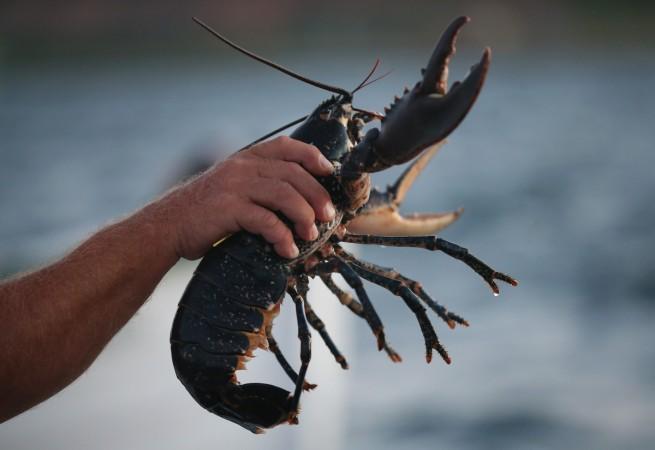
There is a long-running debate about how to kill lobsters or if they really can feel pain. On the top of that, Switzerland has recently banned boiling lobsters alive.
It is not the first country. According to the animal-rights group, Viva, New Zealand and Reggio Emilia (a city in northern Italy) have already made it illegal for the cooks to throw the live lobsters into the boiling water to kill them.
Also read: Are you feeding your pets right? Study reveals this food fad can kill your cats and dogs
Lobster is one of the most popular crustaceans and boiling it alive to kill them is a very common practice across the world.
The Swiss authorities are going to ban it from March 1, 2018. "The practice of plunging live lobsters into boiling water, which is common in restaurants, is no longer permitted," according to the new Swiss animal protection laws.
The government order further reads — lobsters "will now have to be stunned before they are put to death."
However, according to Swiss public broadcaster RTS, the crustaceans must be knocked out by the use of electric shock or the 'mechanical destruction' of the lobster's brain.
The Swiss government also stated that marine crustaceans, such as lobsters and crabs, cannot be transported on ice or in icy water. Instead, they should always be transported in their natural habitat.

The lobster order raises the curiosity about one matter — can lobsters really feel pain?
As Animal rights advocates and some scientists have been arguing about this for a long time, saying lobsters have a sophisticated nervous system and they feel immense pain while they were boiling alive.
According to the Lobster Institute in Maine, lobsters do process pain like insects. The nervous system of a lobster is very primitive; in fact, it is most similar to the nervous system of an insect. Neither insects nor lobsters have brains. For an organism to perceive pain, it must have a complex nervous system.
Explaining why they twitch their tail as soon as they are put into the boiled water, the Lobster Institute says — "The tail movement, which continues for approximately one minute, is part of a reflex action found in lobsters and crayfish (but not crabs). Known as the "escape response", it is a reflex action to any sudden stimulus – a reaction that was first identified by George Johnson in 1924."
Robert Bayer, executive director of the Lobster Institute, told Business Insider, "Do you have the same concern when you kill a fly or a mosquito? Cooking a lobster is like cooking a big bug."
















